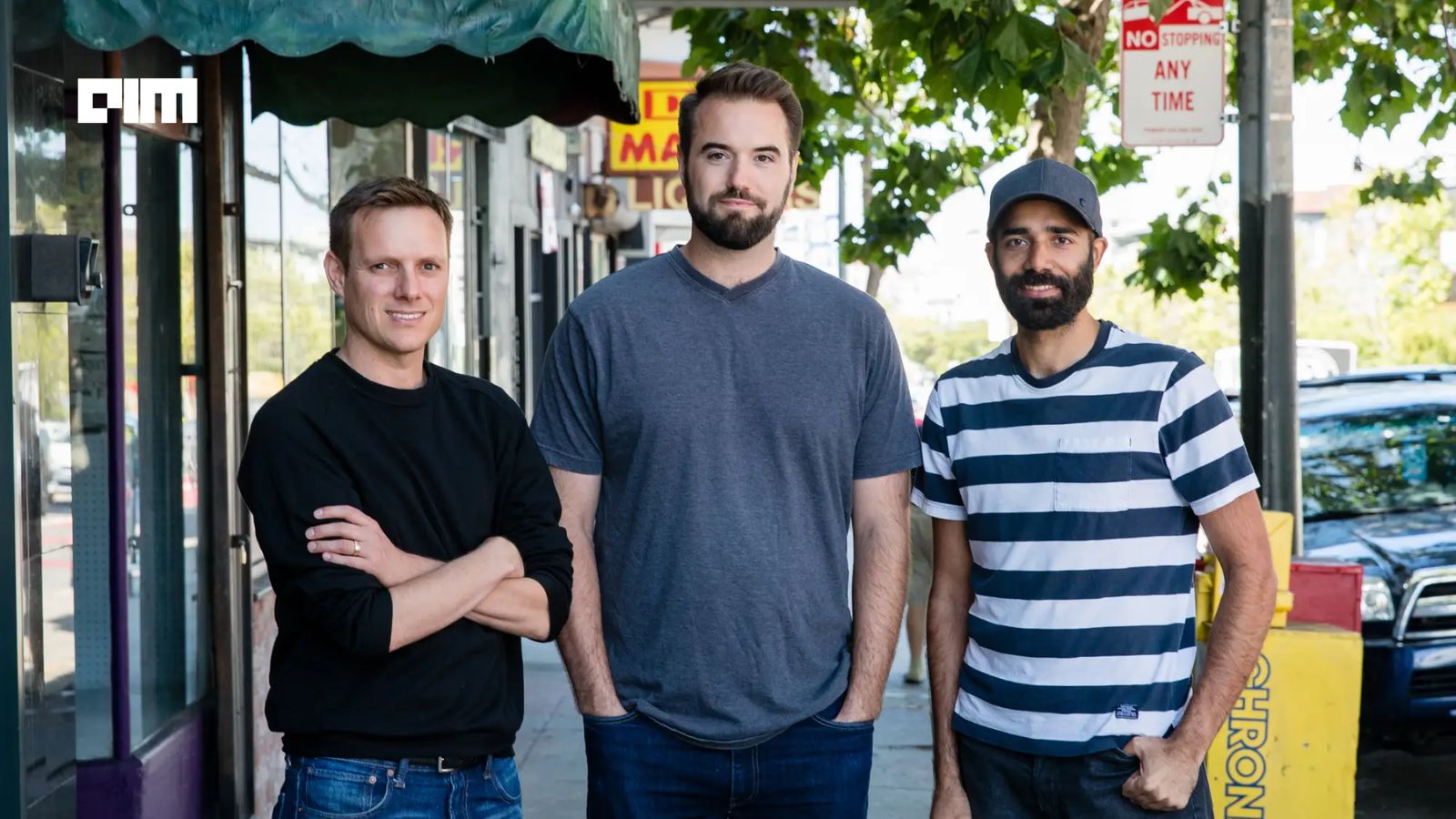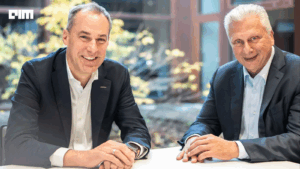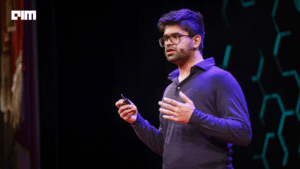Substack has raised $100 million in fresh capital as it expands beyond its roots as an email newsletter platform and deepens its ambitions to become a full-fledged media network for independent creators. The Series C round, which values the company at $1.1 billion, was led by BOND and The Chernin Group, with participation from Andreessen Horowitz, Klutch Sports founder Rich Paul, and SKIMS co-founder Jens Grede.
The raise comes at a moment when Substack is seeing meaningful traction: over five million paid subscriptions, up from four million in late 2024, and a growing base of creators migrating to the platform amid broader uncertainty around social media algorithms and potential TikTok restrictions. For investors, it’s a bet on a business model that eschews traditional ad-led monetization for now and builds instead on direct audience relationships and subscription revenue. Substack takes a 10% cut of earnings from creators who charge for access to their newsletters, podcasts, or video content.
“This is about leaning into the long-term ambition,” CEO and co-founder Chris Best said in a recent podcast interview. “We’ve gone from a rinky-dink email newsletter company to a real network that’s taken on the world.”
Expansion of Product and Platform
The $100 million infusion will support a growing suite of tools and features that now extend far beyond newsletters. Substack’s mobile app, launched in 2022, includes live video, chat, and a short-form feed called Notes, which mimics the functionality of X or Bluesky. According to Best and co-founder Hamish McKenzie, the app now has millions of weekly users and is fueling new creator discovery and subscriber growth.
“The network is growing,” said McKenzie. “People can now come to Substack not just to publish, but to find new audiences and opportunity.”
CEO Chris Best echoed the sentiment during a podcast appearance, framing the funding round as a turning point in Substack’s evolution. “We kind of want to switch into a mode of thinking about long-term ambition—how do we actually make the big bucket version of this thing?”
Evolving Views on Advertising
In an earlier post, McKenzie had labeled social platforms “narrative frenzies” and called the ad model “busted.” Yet he clarified in a recent interview that the shift is not a reversal of principles, but a reflection of creator requests and network evolution. “It’s a recognition of new possibilities,” McKenzie said, noting that Substack would not “copy and paste the old models that ruined social media.”
Mike Kerns, co-founder of The Chernin Group, said Substack’s embrace of advertising was driven directly by user feedback. “Their creators have told them that they want Substack to support advertising,” he said. “We think it is a massive opportunity to launch a native form of advertising within the Substack ecosystem at some point.”
The company is expected to experiment with native ad formats designed specifically for the creator-audience dynamic, rather than inserting traditional programmatic ads into the platform.
While Substack built its reputation on being anti-advertising and dismissive of social media, it is now cautiously warming up to both. McKenzie, once a vocal critic of online ad models and social platform toxicity, said the company’s interest in advertising is not a reversal but a recognition of “new possibilities” driven by the density and quality of its network.
That idea has found traction with investors like Mike Kerns, who reiterated that demand was coming from within the creator base itself. “We think it is a massive opportunity to launch a native form of advertising within the Substack ecosystem,” Kerns said.
The round also brings a new board member: Mood Rowghani, general partner at BOND, who praised Substack for staying ahead of broader media trends. “Although some of these trends were in motion culturally, they hadn’t yet tipped,” Rowghani said. “Substack had to wait for its bets to pay off.”
Investing in Creator Infrastructure
The new capital will be used to invest in product development, creator tools, and international expansion. “This gives us a total free hand to build the best possible version of Substack,” said Best.
He described the company’s approach as “concentrated bets” investments in areas that enhance the overall creator experience, such as engineering resources, onboarding support, and infrastructure to reduce friction for new users.
One key focus area is the Substack app, which Best described as “a magical thing where anyone with something worthwhile to say can make something great.” He likened the app to a “personal media studio in your pocket” that handles everything except the creative work itself.
“We’re building tools that give superpowers to anyone who has something important to say,” the founders wrote in their official funding announcement. “Creators face enough challenges without juggling logistics and expenses.”
There is also a growing emphasis on making Substack a viable home for non-traditional creators. Politicians, athletes, and academics have joined the platform alongside journalists and authors, reflecting a broader shift toward creator-led media across disciplines.
“We’re not just getting political commentators—we’re getting politicians. Not just sports commentators, but athletes,” Best noted. “We’re starting to build a network and ecosystem that’s a positive-sum game. Everyone on Substack benefits from that growth.”
In 2022, Substack laid off roughly 14% of its workforce and abandoned an earlier fundraising plan targeting a $1 billion valuation. That round was shelved due to changing market conditions and internal recalibration.
Rowghani said Substack’s early positioning gave it an edge, even if its bets took time to mature. “Culturally, although some of these trends were certainly in motion, they weren’t at the level where it tipped the culture,” he said.
The creators who bet early on Substack have since built thriving businesses on the platform. Many offer tiered memberships, with combinations of free and paid content that serve both reach and revenue. Others offer full-length content to all readers and rely on paying subscribers as patrons of their creative freedom.
Business Model
Substack’s business model is deceptively simple: enable creators to build a paid following, take a modest cut, and keep platform interference to a minimum. That approach has attracted well-known names such as author George Saunders, historian Heather Cox Richardson, and numerous journalists who’ve left traditional media behind.
That includes ramping up infrastructure for video and short-form content, expanding internationally, and providing creators with more robust monetization and audience engagement tools. “This funding gives us a longer horizon,” Best said. “We can plan further into the future and look for something really big.”
The company also wants to help creators leap forward with more support, financial and otherwise. Best hinted at potentially funding emerging creators or kickstarting ad businesses, in what he described as a “concentrated bets” approach inspired by investor Marc Andreessen.
Substack’s last major fundraising effort was in 2021, when it was reportedly seeking a valuation near $1 billion. That effort was ultimately scrapped, and the company laid off about 14% of its staff in 2022. This new round not only clears that valuation hurdle but represents a 70% increase over its last known valuation.
The Substack app is now central to the company’s growth story. “We aim to prove that a media app can be fun and rewarding without melting your brain,” the founders wrote. “An escape from the doomscroll, and a place to take back your mind.”
“Independence shouldn’t mean going it alone,” the company said. “We’re building technologies that help creators carve out their own space on the internet, where they set the rules.”










